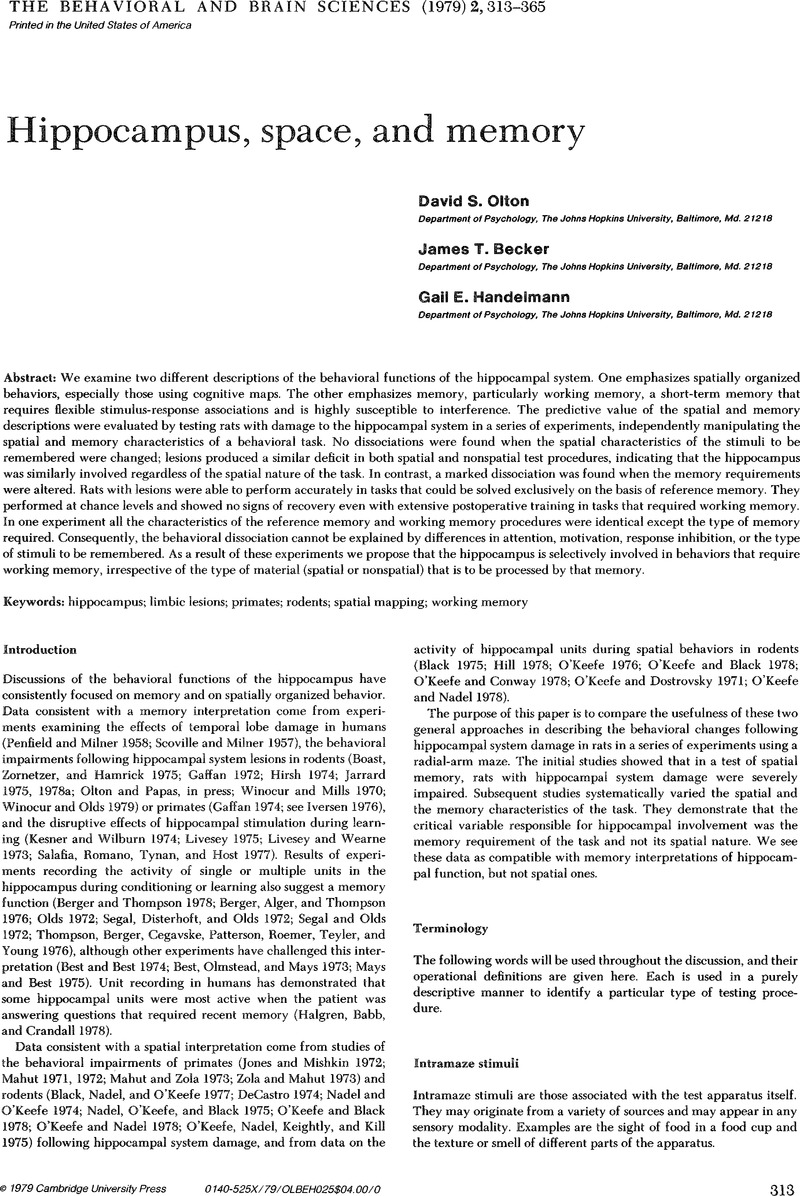Crossref Citations
This article has been cited by the following publications. This list is generated based on data provided by Crossref.
Horner, Michael David
1990.
Psychobiological evidence for the distinction between episodic and semantic memory.
Neuropsychology Review,
Vol. 1,
Issue. 4,
p.
281.



